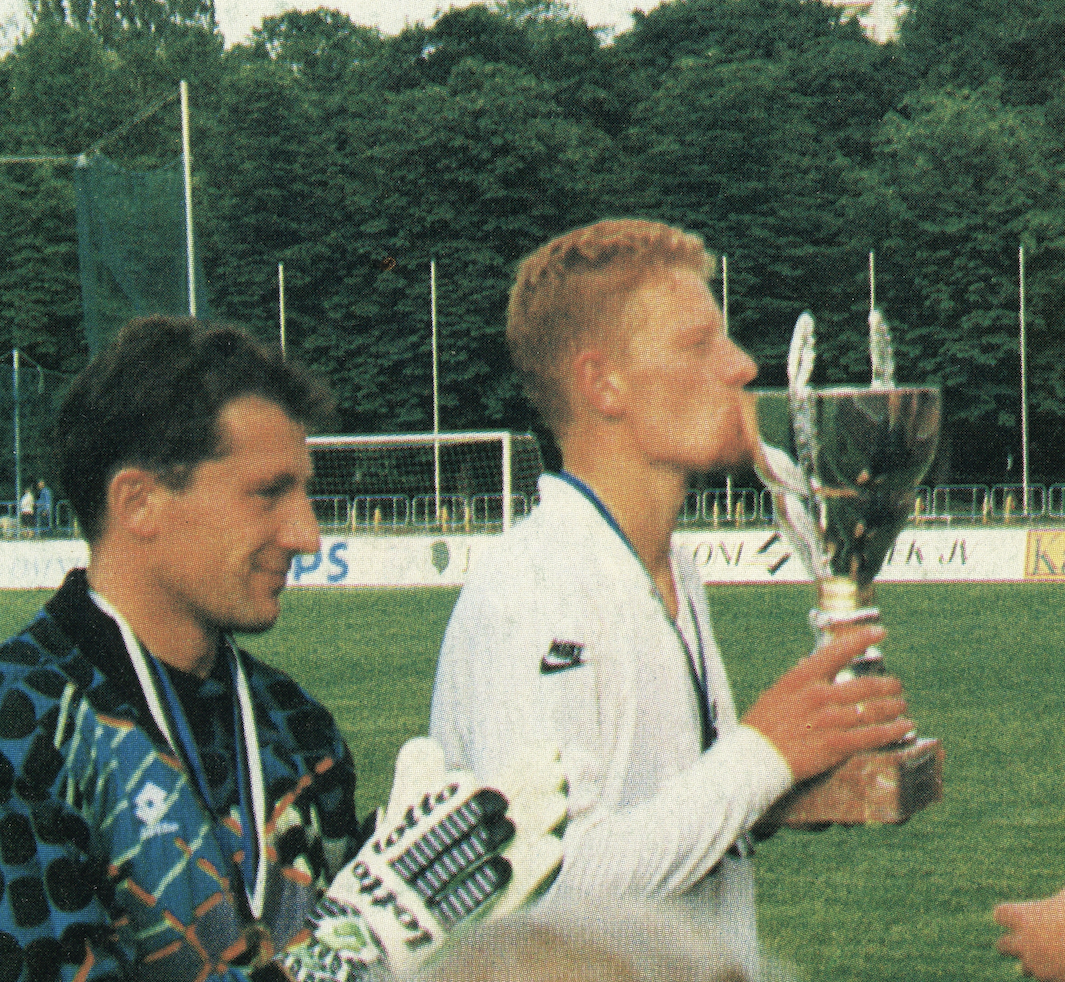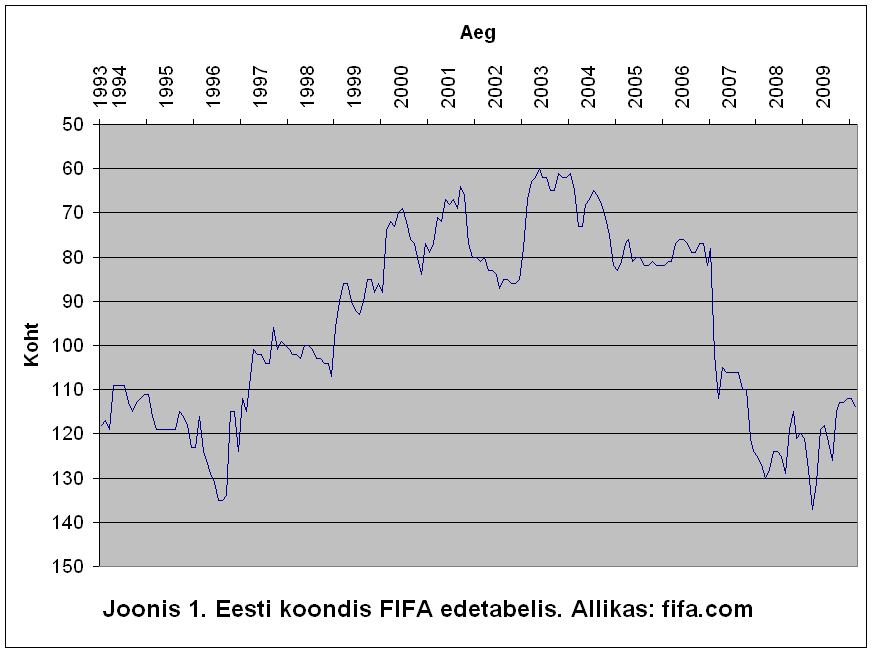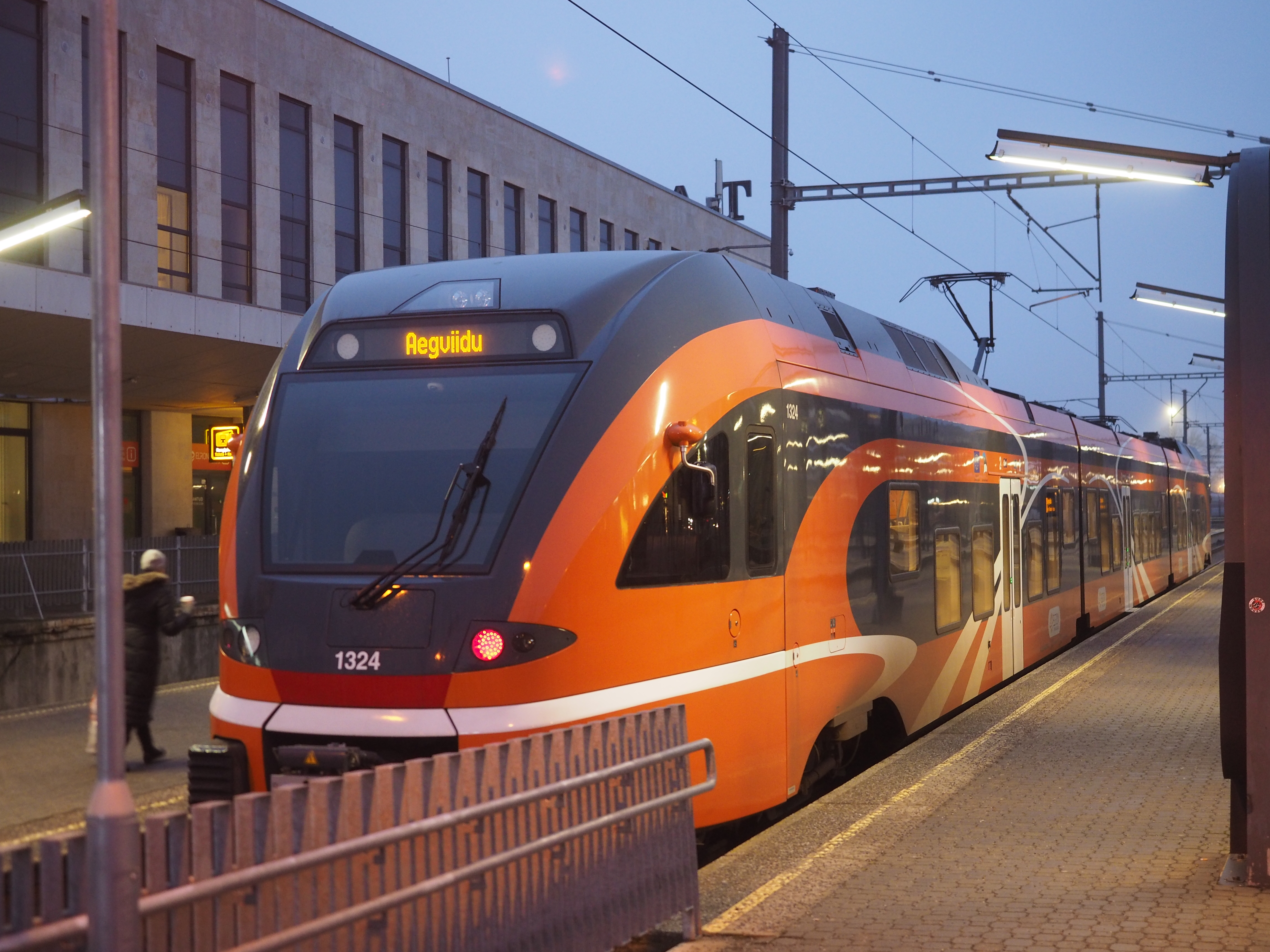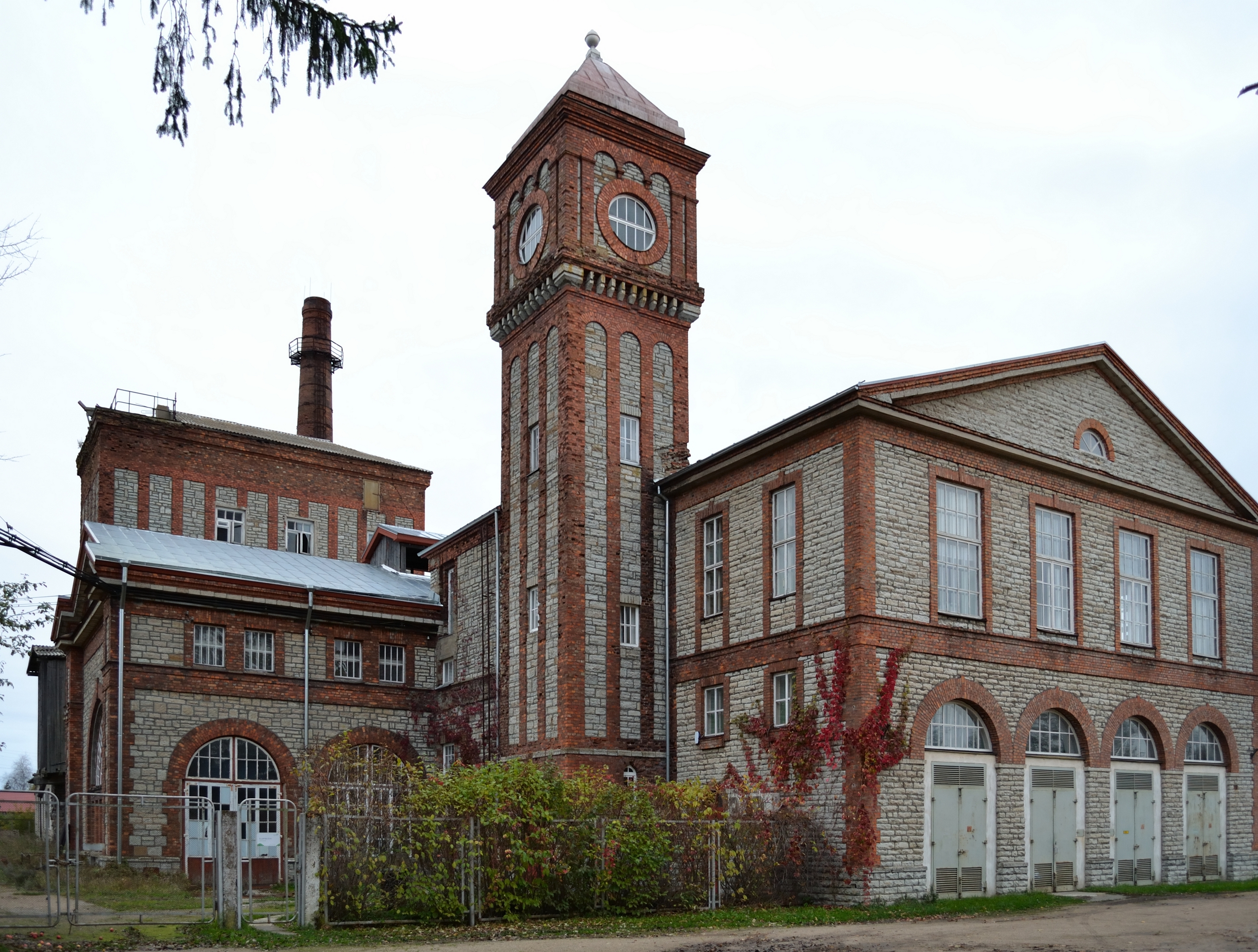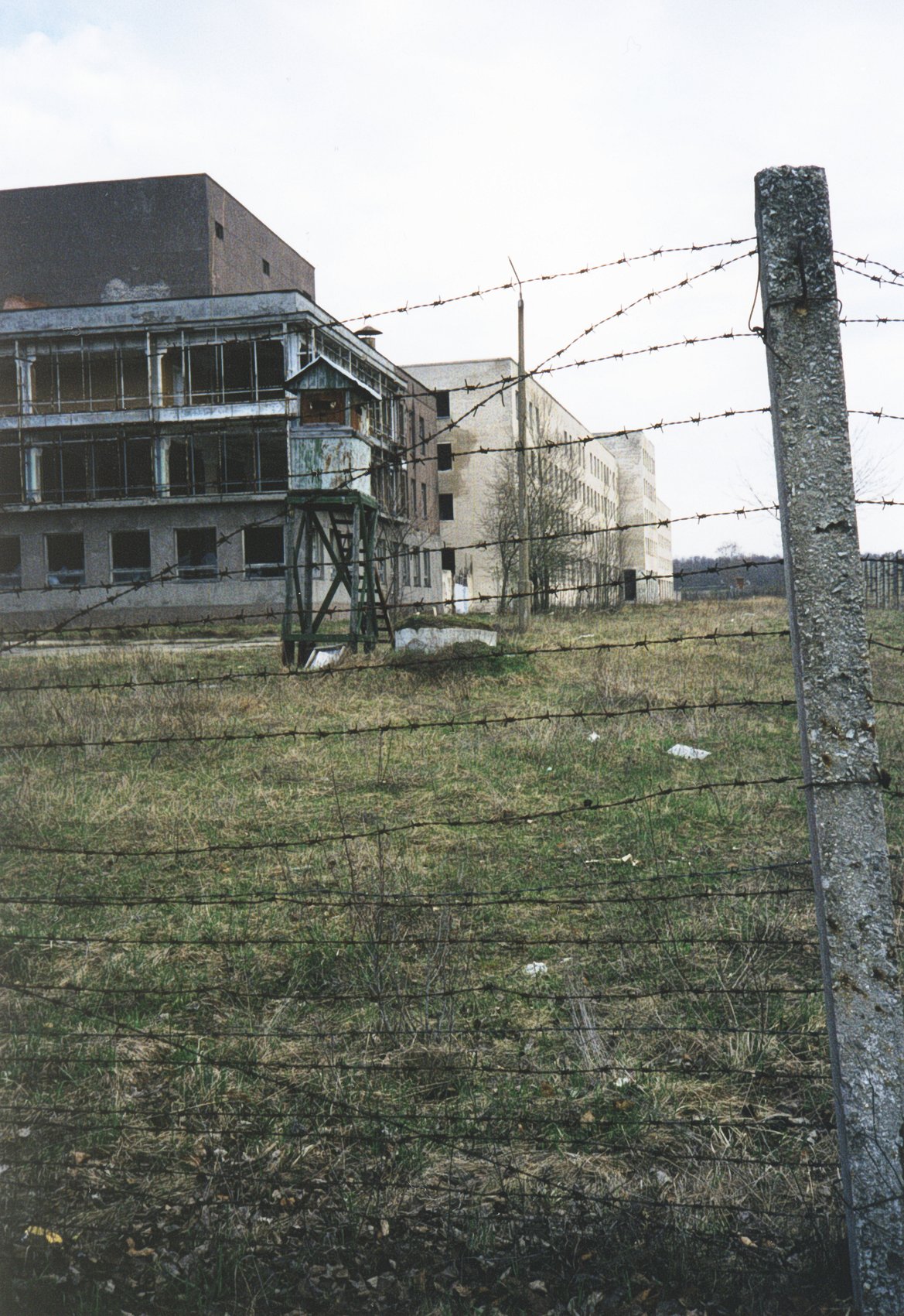|
Kitseküla
Kitseküla (Estonian for ''"Goat Village"'') is a subdistrict () of the district of Kesklinn (Midtown) in Tallinn, the capital of Estonia. It has a population of 4,053 (). Kitseküla is situated between two railway corridors so there are several stations surrounding it: " Tallinn-Väike" on the Tallinn–Pärnu/Viljandi line; " Lilleküla", " Tondi" and " Järve" on Tallinn–Paldiski/ Turba line and " Kitseküla" on Tallinn– Aegviidu line. All these stations are served by Elron trains. Lilleküla Stadium, the home ground of the Estonia national football team and FC Flora football club, is located in the northwestern corner of Kitseküla, between the diverging railway lines. Gallery File:Tallinn-Väike 11Mar2009 1.jpg, Tallinn-Väike train station File:Tondi trammi- ja elektrirongipeatus.jpg, Tondi train and tram station File:Alecoqarena.jpg, Lilleküla Stadium, the home ground of the Estonia national football team and FC Flora Tallinn FC Flora, commonly known as F ... [...More Info...] [...Related Items...] OR: [Wikipedia] [Google] [Baidu] |
Tondi Railway Station
Tondi railway station () is a railway station in Tallinn, the capital of Estonia. It is located on the border of Tondi and Kitseküla subdistricts. It is the third station on Elron's western route, located between and stations. It is situated beside the level crossing of Tondi street, and is one of two places in Tallinn where the commuter train and tram stations are conjoined (the other is the terminus Balti jaam). The station is served by all commuter trains heading to Keila, Paldiski, Riisipere and Kloogaranna. It consists of two 167 metre platforms. Although the Tallinn–Paldiski railway existed already in 1870, a station on the site was opened in 1933. The line from Tallinn to back then a nearby town Nõmme (as far as Pääsküla) was electrified already in 1924. In 1933 the tram line was drawn out to the new station building and a depot was built. The station building was closed to the public in 1998 and remained in very bad condition. In 2006 it was declared a cu ... [...More Info...] [...Related Items...] OR: [Wikipedia] [Google] [Baidu] |
Kesklinn, Tallinn
Kesklinn (Estonian language, Estonian for 'city centre') is one of the 8 administrative districts () of Tallinn, the capital of Estonia. It is situated on the Tallinn Bay and bordered to the northwest by the district of Põhja-Tallinn, to the west by Kristiine, to the southwest by Nõmme, to the east by Lasnamäe and Pirita, and to the south by Rae Parish, beyond Lake Ülemiste. The island of Aegna, located in the Tallinn Bay, also falls within this administrative district. Kesklinn has an area of and a population of 57,731 (); population density is . It is home to Tallinn's World Heritage Site, UNESCO-listed Old Town. Here sits the Tallinn Passenger Port and port-related business centres, including a new complex of high-rise buildings on Liivalaia Street, as well as Tartu Road and Maakri Street. Most of the city's public and cultural venues are located in Kesklinn. These include the Toompea Castle, parliament building (Toompea Castle), City Government, The Estonia Theatre, Eston ... [...More Info...] [...Related Items...] OR: [Wikipedia] [Google] [Baidu] |
Lilleküla Stadium
The Lilleküla Stadium, known as A. Le Coq Arena for sponsorship reasons, is a association football, football stadium in Tallinn, Estonia. It is the home ground of football clubs FC Flora, Flora and FCI Levadia Tallinn, Levadia, and the Estonia national football team. With a capacity of 14,336, it is the largest stadium in Estonia. Opened in 2001 and expanded in 2018, Lilleküla Stadium has hosted the 2018 UEFA Super Cup and the 2012 UEFA European Under-19 Championship, 2012 UEFA European U-19 Championship. History Construction and opening The matter of building a national football stadium rose to Estonia's agenda in the second half of the 1990s, when it became evident that Kadriorg Stadium was not able to continue complying with international football standards. The stadium project was led by FC Flora and in July 1998, the club submitted a planning application to Tallinn City Council, requesting permission to build a new stadium on wasteland between railway lines in Kitsekül ... [...More Info...] [...Related Items...] OR: [Wikipedia] [Google] [Baidu] |
FC Flora Tallinn
FC Flora, commonly known as Flora Tallinn, or simply as Flora, is an Estonian professional Association football, football club based in Tallinn that competes in the Meistriliiga, the top flight of Estonian football league system, Estonian football. The club's home ground is Lilleküla Stadium. Formed in 1990, Flora were founding members of the Meistriliiga, and is one of two clubs which have never been relegated from the Estonian top division, along with JK Narva Trans, Narva Trans. Flora is the first and only Estonian football club to have played in the group stage of a UEFA club competition, having achieved this in the 2021–22 UEFA Europa Conference League season. Flora have won more trophies than any other club in Estonian football, with 35 titles; a record 15 Meistriliiga titles, eight Estonian Cups and a record 12 Estonian Supercups. Flora is known for playing exclusively with Estonian players as the club's transfer policy is to sign players that are native Estonians or ... [...More Info...] [...Related Items...] OR: [Wikipedia] [Google] [Baidu] |
FC Flora
FC Flora, commonly known as Flora Tallinn, or simply as Flora, is an Estonian professional football club based in Tallinn that competes in the Meistriliiga, the top flight of Estonian football. The club's home ground is Lilleküla Stadium. Formed in 1990, Flora were founding members of the Meistriliiga, and is one of two clubs which have never been relegated from the Estonian top division, along with Narva Trans. Flora is the first and only Estonian football club to have played in the group stage of a UEFA club competition, having achieved this in the 2021–22 UEFA Europa Conference League season. Flora have won more trophies than any other club in Estonian football, with 35 titles; a record 15 Meistriliiga titles, eight Estonian Cups and a record 12 Estonian Supercups. Flora is known for playing exclusively with Estonian players as the club's transfer policy is to sign players that are native Estonians or who hold Estonian citizenship. The policy is related to Estonian natio ... [...More Info...] [...Related Items...] OR: [Wikipedia] [Google] [Baidu] |
Estonia National Football Team
The Estonia men's national football team () represents Estonia in international football matches and is controlled by the Estonian Football Association, the governing body for football in Estonia. Estonia's home ground is Lilleküla Stadium in the capital city Tallinn. The national team's first ever match was held against Finland in 1920 and resulted in 6–0 defeat. Estonian footballers have participated only once in the Olympic Games, when they played a single match in the 1924 Olympic Games' final tournament in Paris, France. They were defeated 1–0 by the United States in first round. During World War II, in 1940, Estonia was invaded and occupied by the Soviet Union, and there was no possibility of fielding a national football team again until the country restored full independence in August 1991. After the end of the 1944–1991 Soviet occupation, Estonia's first FIFA-recognised international match was with Slovenia on 3 June 1992, a 1–1 draw at home in Tallinn. Est ... [...More Info...] [...Related Items...] OR: [Wikipedia] [Google] [Baidu] |
Elron (rail Transit)
AS Eesti Liinirongid, operating as Elron, is a government-owned passenger train operator in Estonia. Prior to 2014, the company operated exclusively the electrified commuter rail system in Harjumaa, and was known until October 2013 as ''Elektriraudtee'', i.e. "the Electrical Railway". On 1 January 2014, Elron took over all domestic passenger train services in Estonia from Edelaraudtee. History The company was founded as ''Elektriraudtee'' in 1998. While initially operating as a subsidiary of Eesti Raudtee, it was separated entirely within two years. In May 2013, the Estonian government declared that Elron would be the sole domestic passenger operator in Estonia, compelling the Estonian operator Edelaraudtee to reorientate its operations away from the passenger sector. This change was not unchallenged; a legal dispute between Edelaraudtee and the Estonian government broke out over compensation for lost revenue from the operator's forced withdrawal from passenger services. T ... [...More Info...] [...Related Items...] OR: [Wikipedia] [Google] [Baidu] |
Aegviidu
Aegviidu is a borough in Anija Parish, Harju County, Estonia, most known for its picturesque surroundings and hiking trails. The borough is situated along the Tallinn-Narva railway and , housing both the Aegviidu TV Mast (107m) and the terminus of the Tallinn-Aegviidu railway line. As of November 22, 2022, the borough had a population of 695. Etymology Aegviidu was first mentioned in the will of Baron Johan von Bremen of Lehtse in 1522 as ''Agevidt'' farm. Before 1796, the area had also been referred to as ''Aykeuyte'', ''Aykwit'', ''Aigkewit'', ''Aigwido'', and ''Aegwiid''. In 1796, Count Ludwig August Mellin referred to the settlement as ''Aegwiid'' on his topographic map of the Tallinn Kreis, as part of . On the 1805 topographic map of the Governorate of Estonia, the settlement was referred to as ''Charlottenhof'' ('), on the 1840 topographic map of the Gulf of Finland as both ''Aigvitu'' (') and ''Charlotenhof'' ('), and on the 1844 topographic map of the Governor ... [...More Info...] [...Related Items...] OR: [Wikipedia] [Google] [Baidu] |
Turba, Estonia
Turba is a small borough () in Saue Parish, Harju County, Estonia. Prior to the administrative reform of Estonian local governments in March 2017, Turba belonged to Nissi Parish Nissi Parish () was a rural municipality in northern Estonia. It was a part of Harju County. The municipality had a population of 3,281 (as of 1 January 2007) and covered an area of . The population density is . The current mayor (') is Peedo Kes .... As of the 2011 census, the settlement's population was 927. In 2019, the population was found to have risen to 964. Science journalist and humorist Tiit Kändler was born in Turba. Turba railway station re-opened on 8 December 2019 after being closed to passenger services since September 1995. [...More Info...] [...Related Items...] OR: [Wikipedia] [Google] [Baidu] |
Paldiski
Paldiski is a seaside Populated places in Estonia, town in northwestern Estonia, located on the Pakri Peninsula and adjacent Pakri Islands, Pakri islands in the Gulf of Finland of the Baltic Sea. It is the administrative centre of the Lääne-Harju Parish in Harju County. Paldiski is home to a large ice-free port and the terminus of the Tallinn-Tallinn-Paldiski Railway, Paldiski railway line. The port is served by passenger ferry services to Kapellskär, Sweden, operated by Tallink and DFDS Seaways. As of 1 January 2021, the town had a population of 3542. Etymology The first known name of Paldiski Bay is Rågervik, meaning "rye island bay" in the Swedish language; it was derived from the name Estonian Swedes used for the Pakri Islands, Pakri islands: ''Rågöarna''. A small harbour, also named Rågervik, was established on the southern coast of the Pakri Peninsula in the 17th century. This port has also been referred to as ''Rudewa'' and ''Rågövik''. After Estonia was co ... [...More Info...] [...Related Items...] OR: [Wikipedia] [Google] [Baidu] |
Järve Railway Station
Järve railway station () is a railway station in the Kristiine, Kristiine district of Tallinn, Estonia. The station serves the Järve, Tallinn, Järve sub-district which has approximately 3000 residents. The station is located approximately south from the Tallinn Baltic Station, Baltic station () which is the main railway station of Tallinn, near the Baltic Sea. Järve station is located between the and railway stations of the Tallinn-Keila railway line. The station was opened in 1923, and the station building was completed in 1926. There are two platforms along the two-track railway, both 150 meters long. History Although the Tallinn-Paldiski railway opened already in 1870, a station on this site was not opened before 1923. The station building was completed in 1926. Ticket sale was terminated in the station building in 1998. Operations Elron (rail transit), Elron's electric trains from Tallinn to Keila, , Turba, Estonia, Turba and Kloogaranna stop at Järve station. ... [...More Info...] [...Related Items...] OR: [Wikipedia] [Google] [Baidu] |

